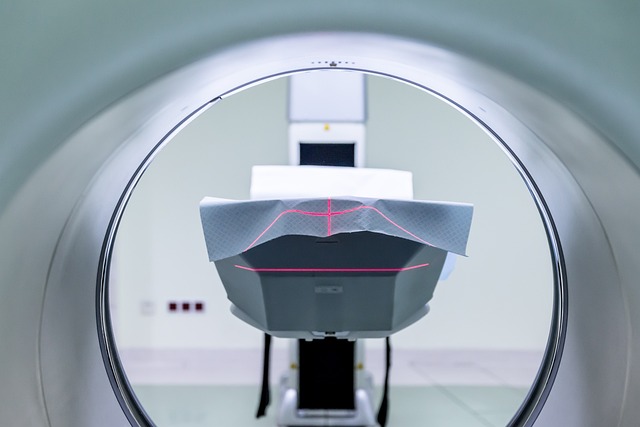
Problem-solving Strategies
Understanding Problem-Solving
Problem-solving is a critical skill in both personal and professional contexts. It involves identifying issues, analyzing their root causes, and developing effective solutions. This article outlines various strategies that can enhance your problem-solving abilities and lead to better outcomes.
Identifying the Problem
The first step in effective problem-solving is to clearly define the problem. This involves asking the right questions to understand the issue at hand. A well-defined problem allows for a more focused approach to finding solutions.
Breaking Down the Problem
Once the problem is identified, it’s beneficial to break it down into smaller, manageable parts. This method prevents hasty conclusions and enables a systematic approach to addressing each aspect of the problem. By dissecting the issue, you can prioritize which parts require immediate attention.
Root Cause Analysis
Understanding the root cause of a problem is essential for effective resolution. Techniques such as the "5 Whys" can be employed to drill down to the underlying issue. By repeatedly asking "why" in response to each answer, you can uncover the fundamental cause of the problem.
Strategic Planning
After identifying the problem and its root cause, strategic planning is crucial. Establish a timeline for solving the problem and set milestones for each stage of the process. This structured approach helps maintain focus and ensures that progress is measurable.
Utilizing Proven Techniques
There are various tried-and-tested problem-solving techniques that can be beneficial. Techniques such as brainstorming, mind mapping, and SWOT analysis (Strengths, Weaknesses, Opportunities, Threats) can provide different perspectives and stimulate innovative thinking.
Encouraging Innovation
While established techniques are valuable, it’s also important to encourage innovation in problem-solving. Sometimes, unconventional approaches can lead to breakthrough ideas. Allowing for creative thinking can result in unique solutions that traditional methods may overlook.
Implementing Solutions
Once potential solutions have been identified, it’s time to implement them. This phase requires careful consideration of how each solution will be executed. Ensure that resources are allocated effectively and that all stakeholders are informed of their roles in the implementation process.
Evaluating Outcomes
After implementation, evaluating the outcomes is essential. Assess whether the solutions effectively addressed the problem and identify any areas for improvement. This evaluation process not only measures success but also provides insights for future problem-solving endeavors.
Conclusion
Effective problem-solving is a blend of analytical thinking, strategic planning, and innovative approaches. By following these structured strategies, individuals can enhance their ability to tackle challenges head-on and develop solutions that are both practical and effective.

















 Gucci Slides: The Ultimate Fashion Footwear
Gucci Slides: The Ultimate Fashion Footwear 
 Health
Health  Fitness
Fitness  Lifestyle
Lifestyle  Tech
Tech  Travel
Travel  Food
Food  Education
Education  Parenting
Parenting  Career & Work
Career & Work  Hobbies
Hobbies  Wellness
Wellness  Beauty
Beauty  Cars
Cars  Art
Art  Science
Science  Culture
Culture  Books
Books  Music
Music  Movies
Movies  Gaming
Gaming  Sports
Sports  Nature
Nature  Home & Garden
Home & Garden  Business & Finance
Business & Finance  Relationships
Relationships  Pets
Pets  Shopping
Shopping  Mindset & Inspiration
Mindset & Inspiration  Environment
Environment  Gadgets
Gadgets  Politics
Politics 